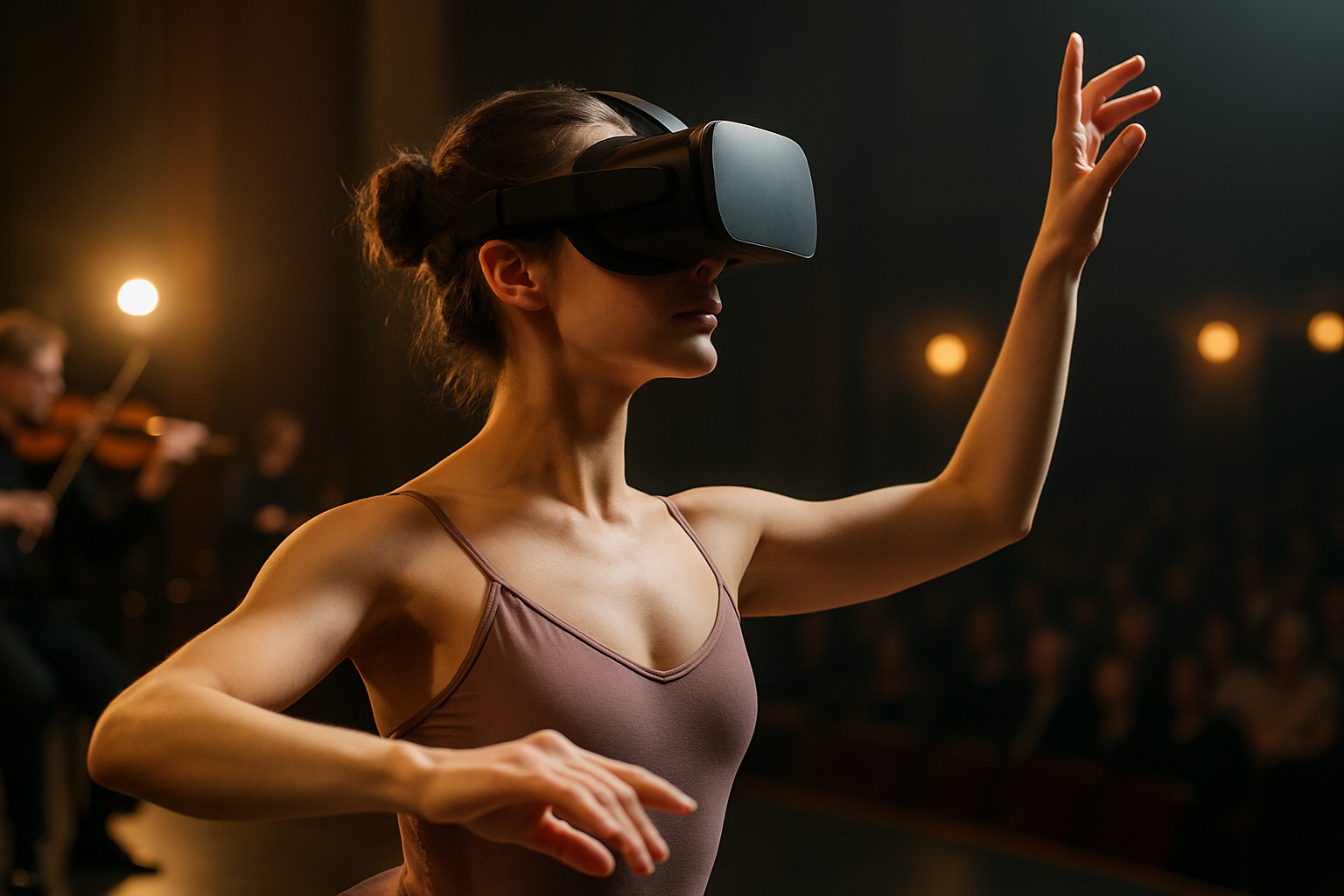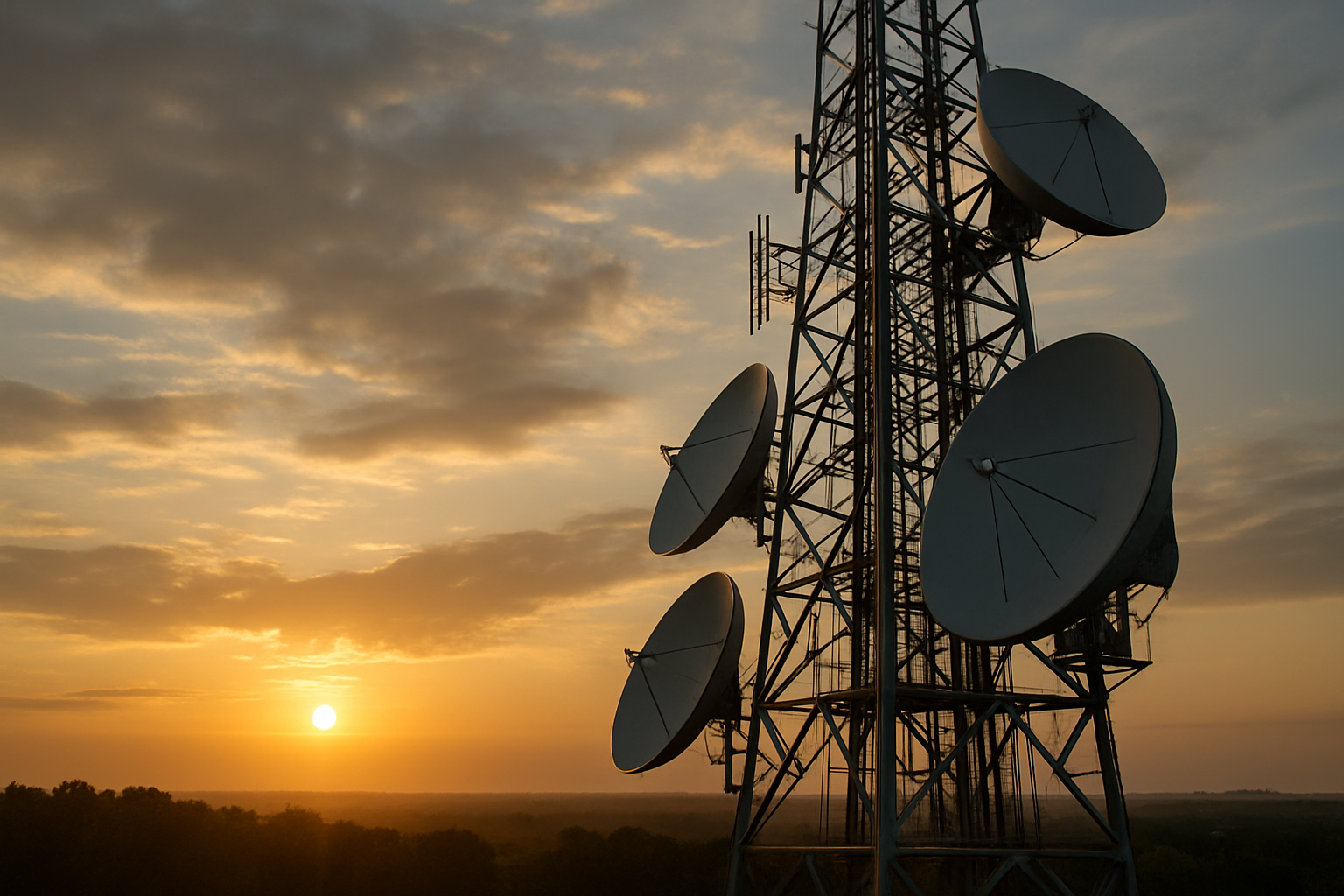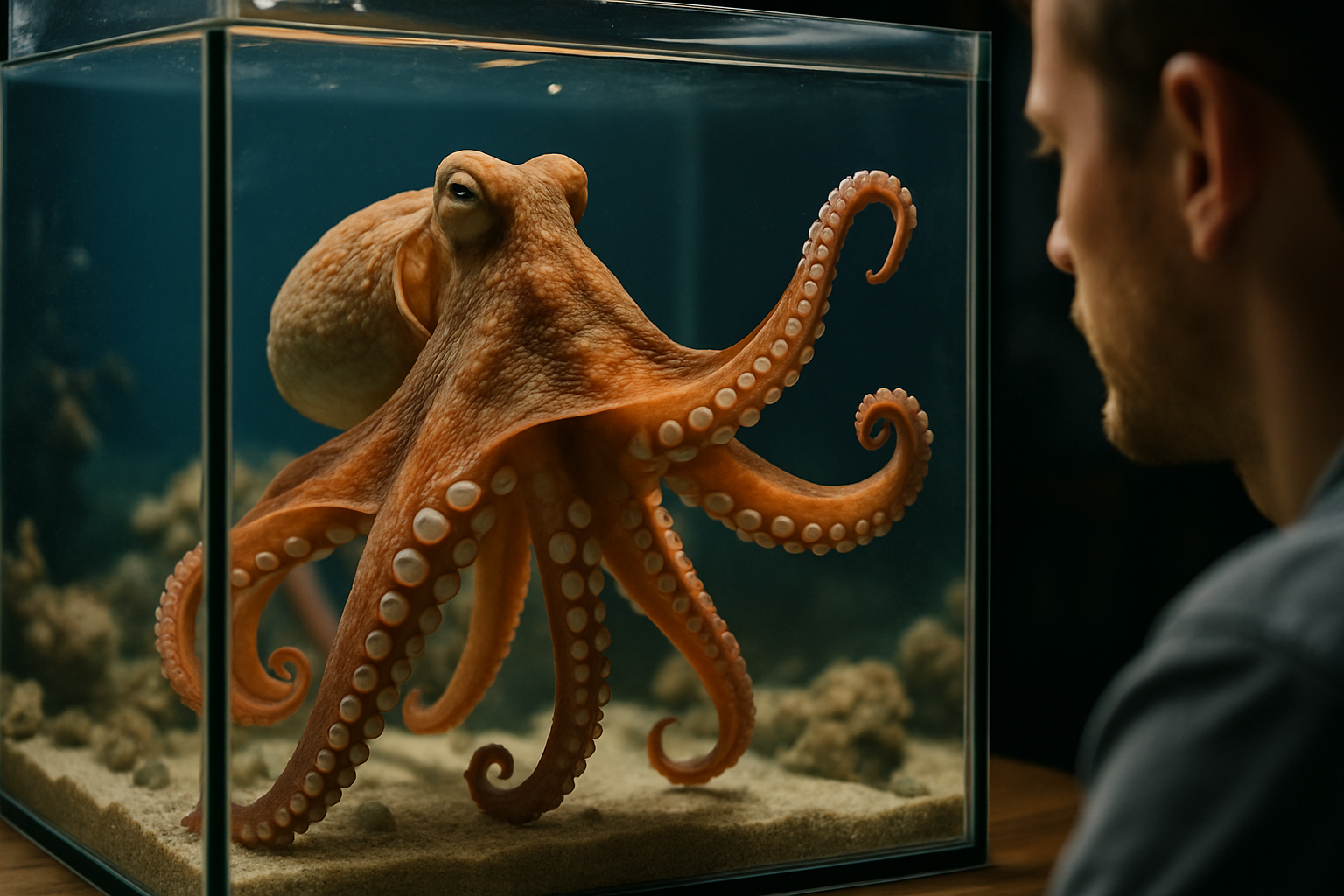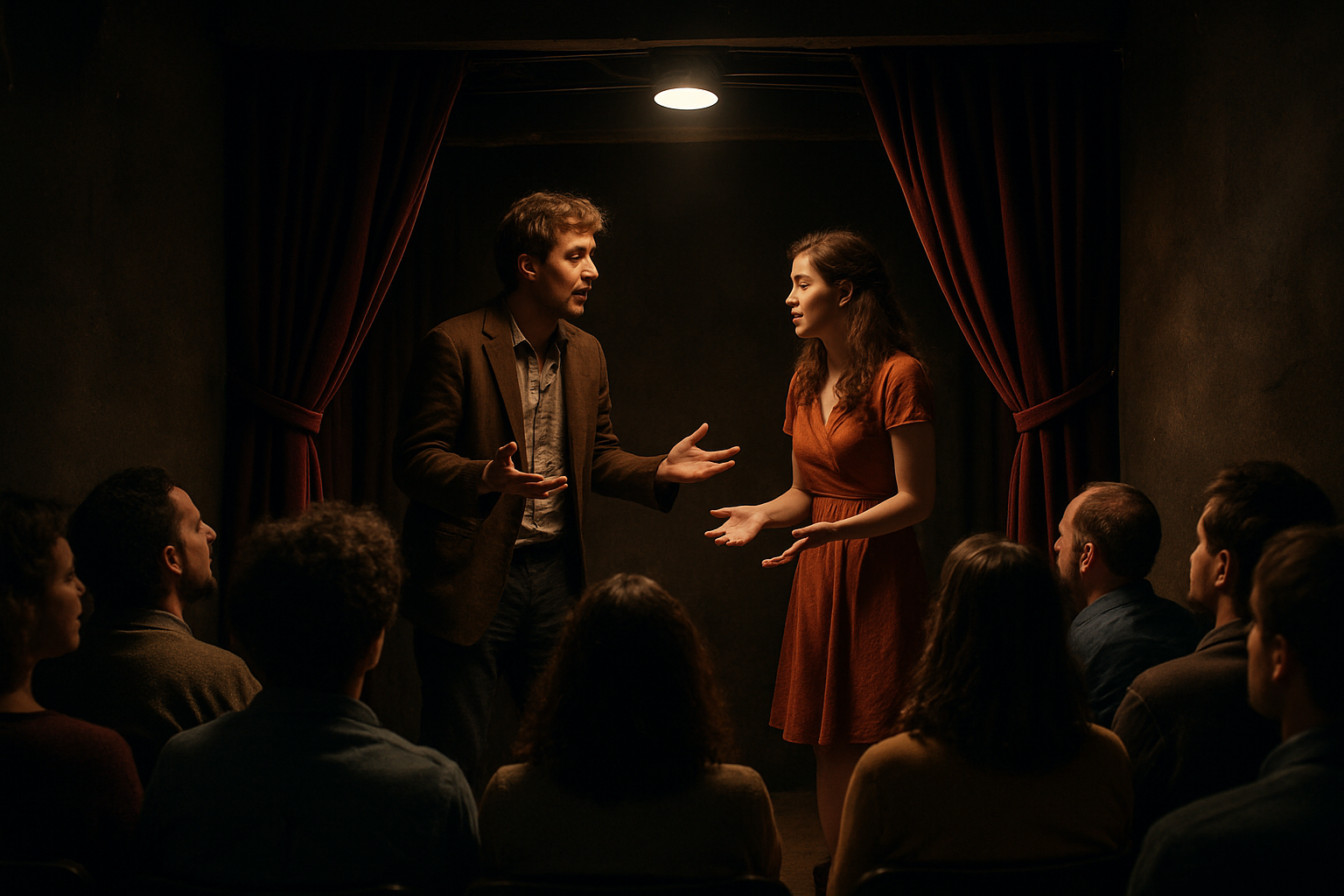"Digital Renaissance: The Rise of Virtual Reality in Performing Arts"
Introduction: In an era where technology and artistry intertwine, a new form of expression has emerged—Virtual Reality (VR) in performing arts. This article delves into the historical context, current developments, and the profound impact of this groundbreaking trend.

The Genesis of Virtual Reality in Performing Arts
The concept of VR isn’t new. It has been around since the mid-20th century, but its application in performing arts is a relatively recent development. The first instances of VR in performing arts can be traced back to the early 2000s, with artists and tech enthusiasts experimenting with the technology. However, it was only in the last decade that VR started gaining traction, with advancements in technology making it more accessible and affordable.
The Current Landscape of VR in Performing Arts
Today, VR has become a significant part of the performing arts landscape. From immersive theatre productions that transport audiences to different worlds to virtual reality ballet performances that offer a 360-degree view of the stage, the possibilities are endless. The COVID-19 pandemic has further accelerated this trend, with many theatres and performance groups turning to VR to continue their craft amidst social distancing measures.
The Impact and Significance of VR in Performing Arts
The introduction of VR in performing arts has revolutionized the way we experience performances. It has broken down geographical barriers, allowing audiences worldwide to enjoy performances from the comfort of their homes. Moreover, it has opened up new avenues for creative expression, with artists now able to create immersive, multi-sensory experiences that were previously unimaginable.
The Reception of VR in Performing Arts
The reception of VR in performing arts has been largely positive. Audiences have embraced this new form of entertainment, with many praising the immersive experiences it offers. Critics, too, have lauded the innovative use of technology in performing arts. However, there are also concerns about the potential loss of the communal experience that traditional theatre offers.
The Future of VR in Performing Arts
The future of VR in performing arts looks promising. As technology continues to evolve, we can expect to see even more innovative and immersive experiences. Moreover, as VR becomes more mainstream, it could potentially become a standard feature in performing arts, transforming the way we experience theatre, dance, and music.
In conclusion, the rise of VR in performing arts marks a significant milestone in the evolution of artistic expression. It is a testament to the endless possibilities that arise when technology and creativity converge. As we continue to navigate this digital renaissance, one thing is clear—the performing arts will never be the same again.





